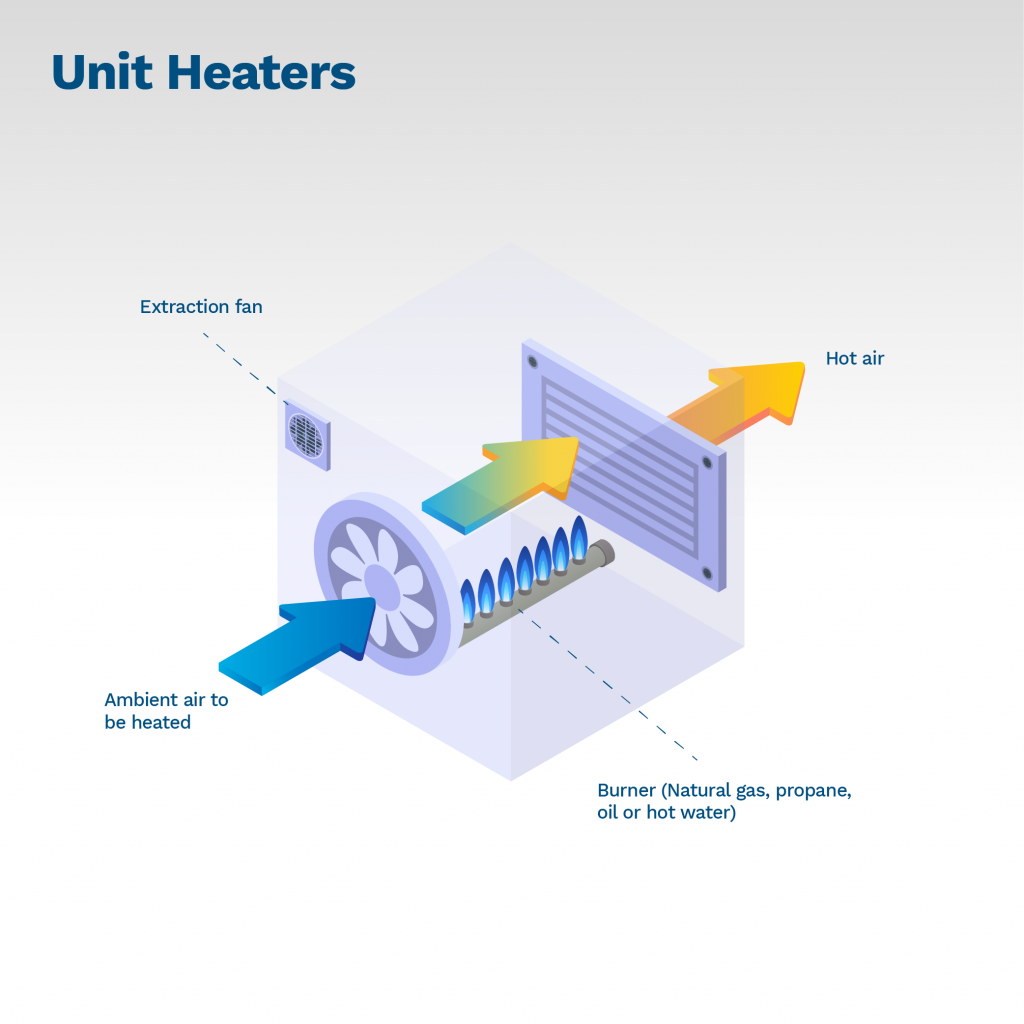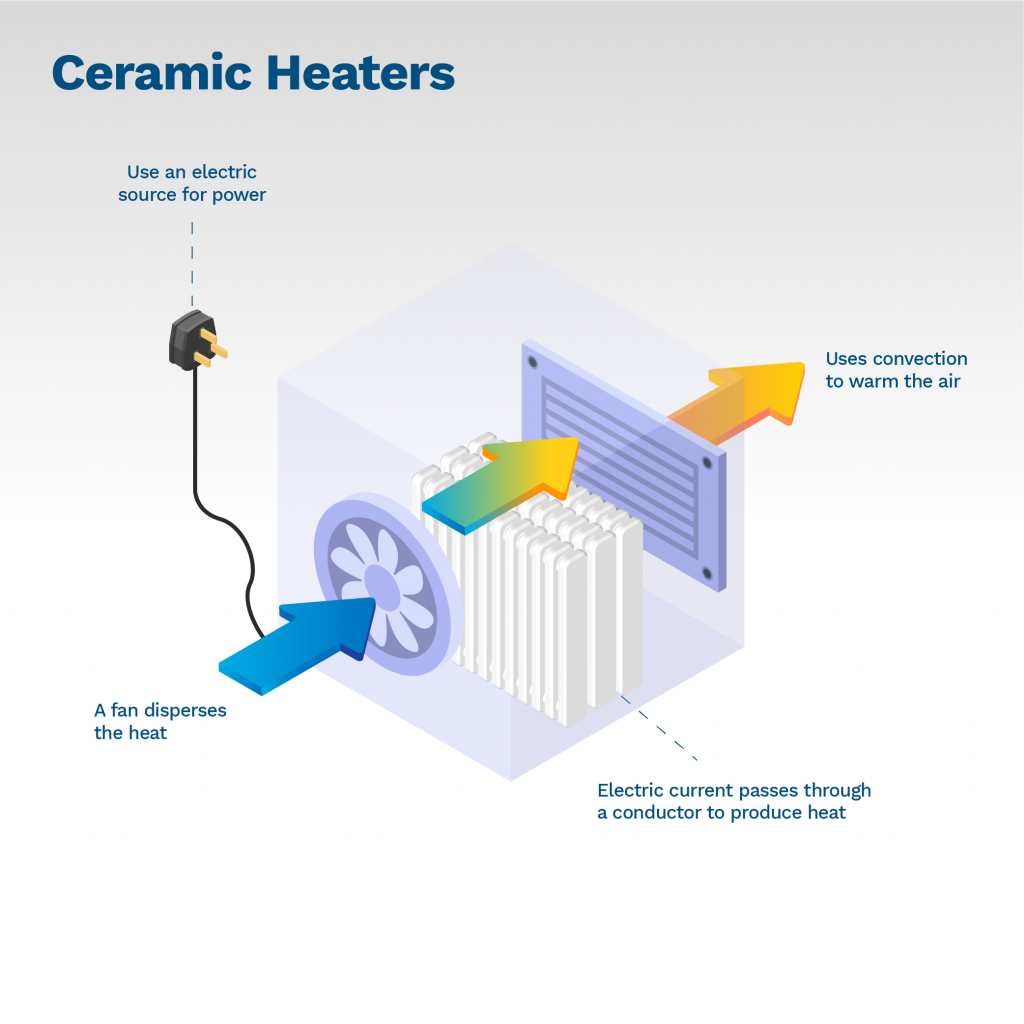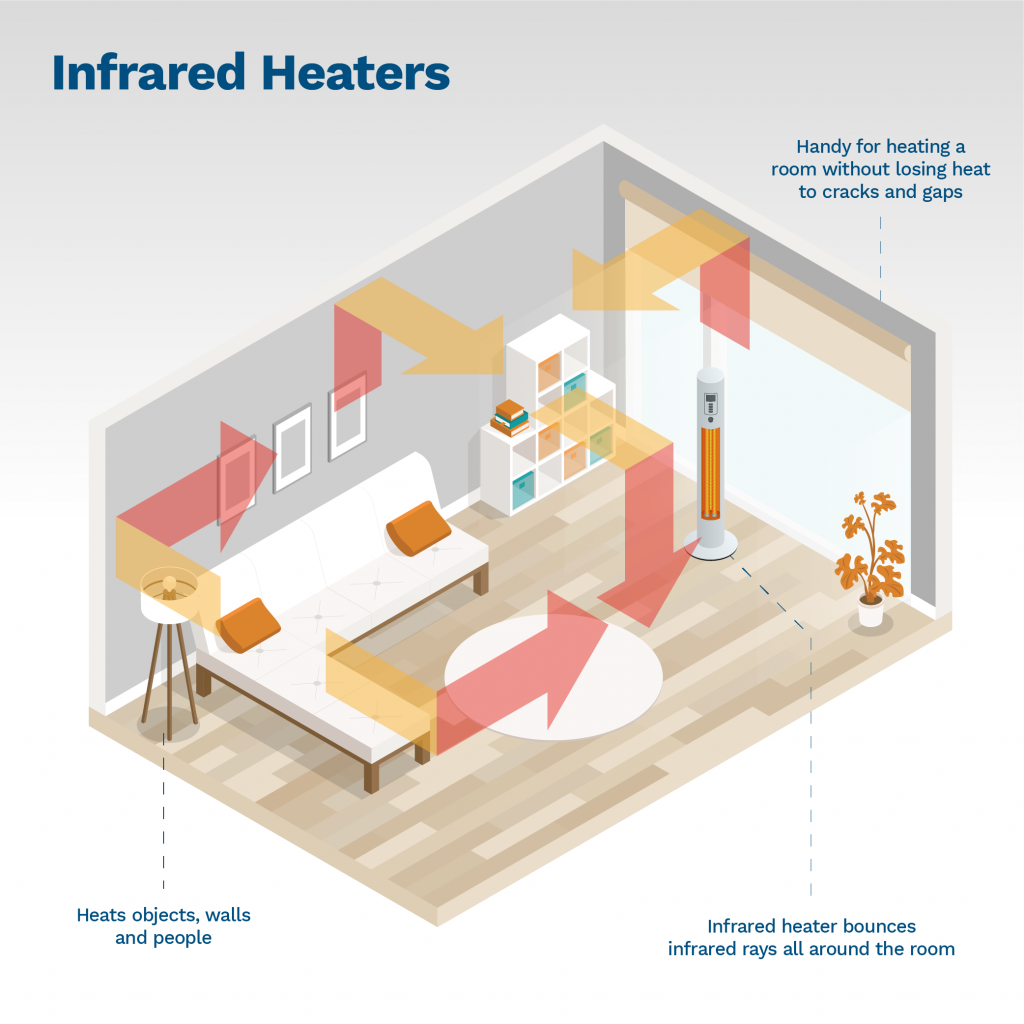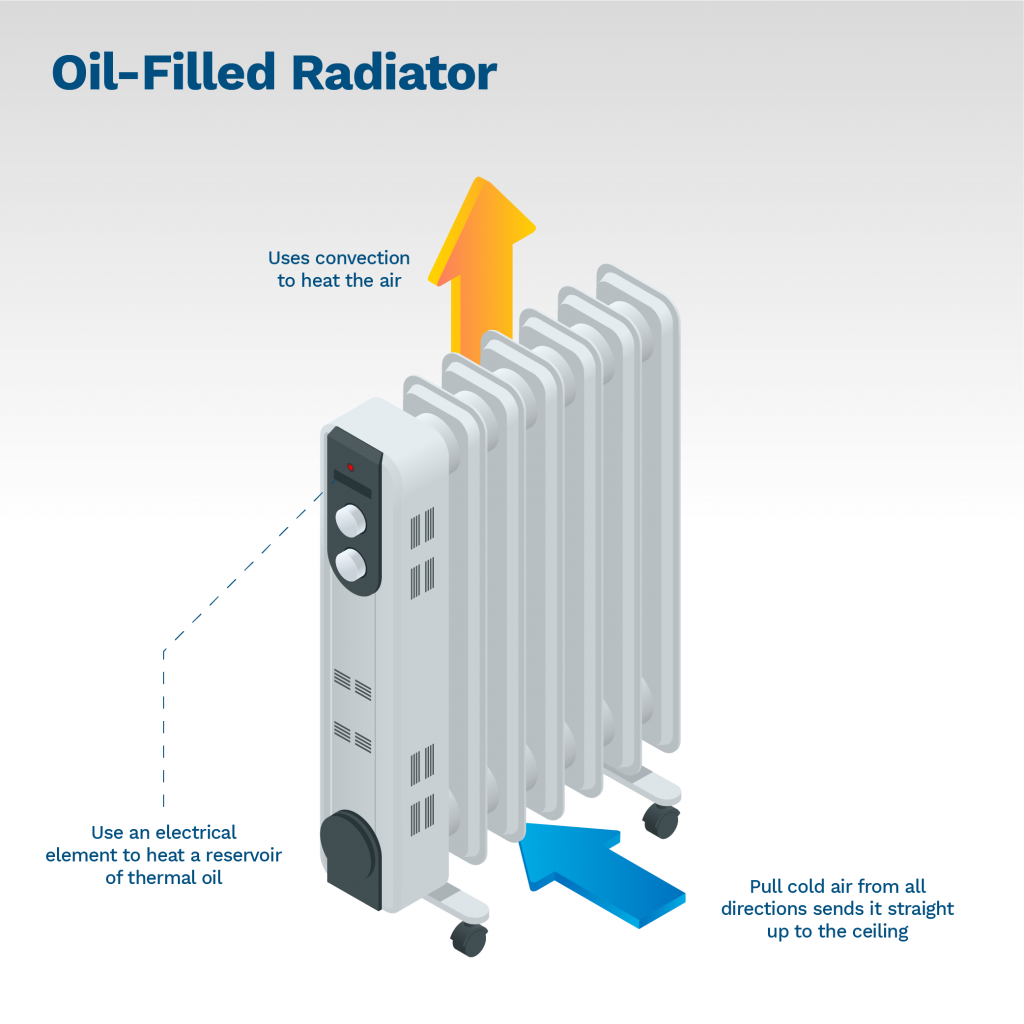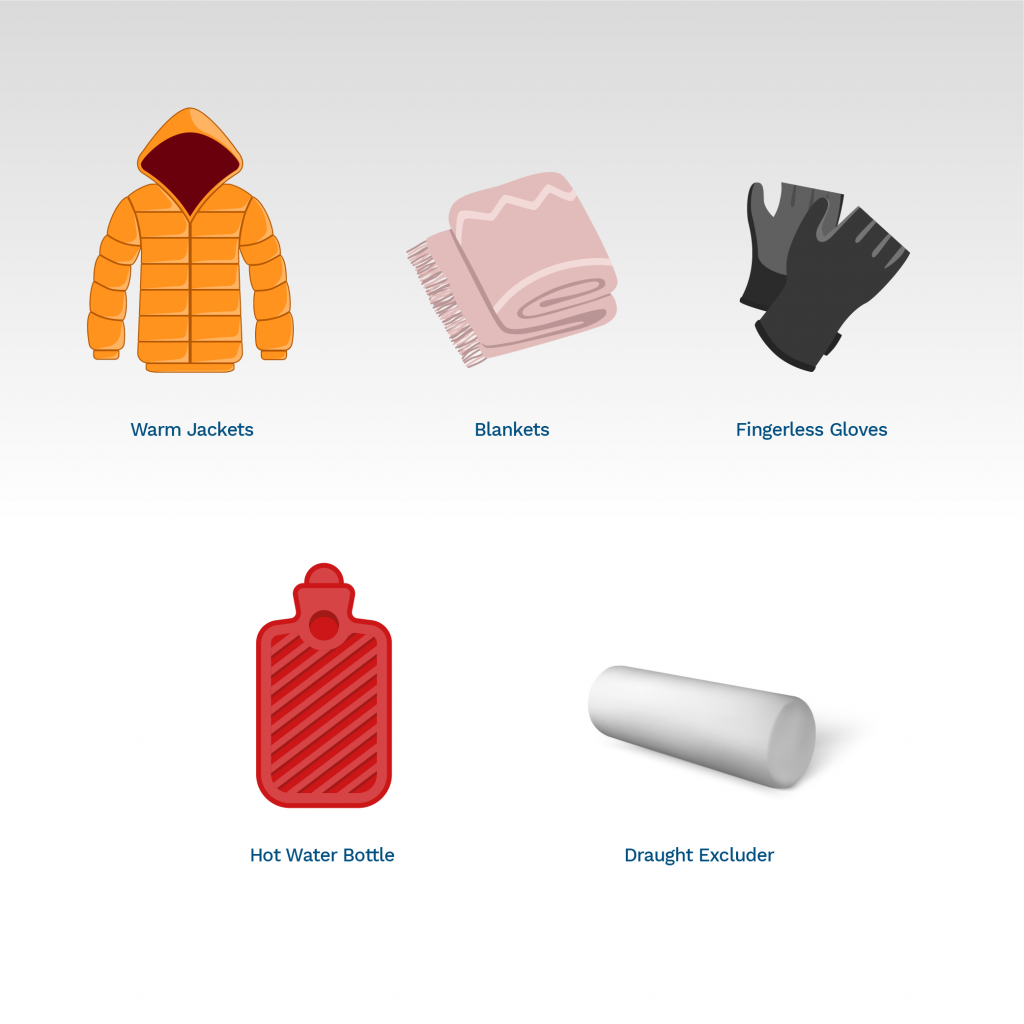How to Heat Your Office for Less (Expert Advice)
Inefficiently heated offices have been linked with reduced productivity. Offices can be expensive to keep warm, especially in the harsh British winter months. All businesses need to keep an eye on finances, and energy bills can always rack up unforeseen amounts. If you’re unsure on how to heat your office cheaply and efficiently, follow this guide for tips and advice.
Heaters
With an abundance of options in the market, there are many different types of heaters that can provide your office with the necessary heat you require for your staff. This type of heating can be crucial to how much you spend on keeping your employees warm.
Some options of heaters are:
-
- Unit Heaters
- Ceramic Heaters
- Infrared Heaters
- Oil-filled radiators
1. Unit Heaters
Unit heaters are ideal for zonal heating, they save energy by directing heat only where it’s required to go. They can operate on a range of energy sources including steam, propane, natural gas, oil and hot water. They can range from smaller room-sized electric heaters to large indoor and outdoor duct furnaces.
2. Ceramic Heaters
Ceramic heaters are very efficient heaters and a great portable solution for offices with little space. Ceramic heaters use convection to warm the air. They use an electric source for power, with an electric current passing through a conductor, a ceramic plate, to produce heat, a fan then disperses the heat by blowing it out into the room. They reach their heat quickly, meaning they don’t waste a lot of energy. Once the right temperature has been reached the electric current decreases and the ceramic uses the energy stored to continue heating.
3. Infrared Heaters
Infrared heating is a versatile, energy-efficient solution for heating offices. No heat is lost through draught or air circulation as infrared heaters heat spaces by heating people and objects directly, they take advantage over convection-like heat. The market for infrared heaters is diverse so it should be no problem to find the product to cater your needs.
4. Oil-filled radiator
Oil-filled radiator heaters are one of the fastest ways to warm up a room. This type of heating is far more effective than infrared, ceramic and unit heaters. If you have enough of them, the office will be a comfortable place to be when they are turned on. They work by heating liquid inside a metal housing which releases heat out into the room, as oil is slow to lose heat, the radiator switches on occasionally to keep the oil at a high temperature. These heaters can be used to take some of the load off your office’s main heating system. A quality electric radiator will include an adaptive start function which ensures your office will be the temperature you want it to be when you start work.
Check for draughts
It’s very likely, if your office hasn’t been renovated in a long time, that there may be gaps through which heat is escaping. Typical ways draughts can get inside your office is through windows, doors, walls and floors. Some handy cost-effective ways to stop draughts and keep your office warm is to add draught excluders on a door, which can help keep the warm air in and the cold air out, as well as fixing gaps and cracks in walls with sealant.
Insulate your office
If there are no obvious and visible signs of heat loss, but the heating bills are getting higher, there’s a chance your office is not insulated properly. A huge percentage of energy loss can be down to poor office insulation. Insulation can be an expensive task especially for a big office space, but it can also save you money in the long run. If your office building has single glazed windows, it could be worth it to get them double glazed, this may be expensive but also worth it over time, keeping your bills down.
Keeping on top of equipment
Having your heating equipment regularly cleaned can be a huge help in saving energy and money over time. Large amounts of dust and dirt can prevent some equipment from working properly as it lowers the performance of your heater, sometimes taking double the amount of energy to reach the desired temperature. Keeping your equipment in mint condition can knock a sizable amount of money off your bill compared to equipment that is tired and dirty.
Improving heating efficiency
If the boiler used for heating your office is more than 10 years old, it may be time to replace it for a younger, greener version. Changing your old boiler for a new A-rated condensing boiler may be expensive but could make a big difference to your bills. A full set of heating controls including the newest timer and thermostat technology is handy for any office to keep track on how often the heating is on and how much you are wasting.
You could also look at updating your central heating pump. A central heating pump is like the heart of a central heating system, ensuring water is pumped around your system quickly and efficiently. If your central heating pump is starting to age and deteriorate, you can suffer from performance issues, meaning your hot water isn’t pumped around the building as quickly. Ask a plumber to review the performance of your central heating pump and ensure the pump is working at optimum efficiency.
BROWSE OUR CENTRAL HEATING PUMPS NOW
Simple tips for keeping warm
There are some simple ways to keep your employees warm at work which are cost-effective. If the office takes some time to warm up there are some things you can do to keep your employees warm and happy until the building is suitably heated. Some options are to provide your staff with any of the following:
-
- Blankets
- Heated blankets
- Mug warmers
- Fingerless gloves
- Warm jackets
- Hot water bottles
Remote working
During the harsher winter days, if possible at your workplace, it’s worth letting your employees work from home. If you can get your staff to work from home on certain days then you won’t have to turn on the heating at all, or if only some of your staff work remotely then there may be a room you can leave unheated. You will be amazed at how much difference these steps could make to save you money on bills.


